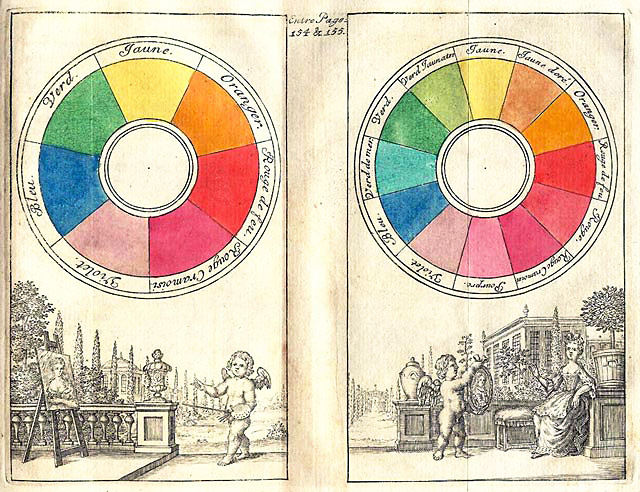1. Colour theory: history and culture

Scientific and theoretical investigations into colour go back thousands of years. Some of the earliest recorded theories of colour come from the ancient Greek civilisation. You will find these in the writings of philosophers such as Democritus, Plato and Aristotle.
Other notable theories of colour developed through the centuries in the work of significant scholars, scientists and artists such as: al-Kindi; Leonardo da Vinci; Robert Fludd; Isaac Newton; Johann Wolfgang von Goethe; and many more.
This chapter will introduce colour theory history with a summary of selected key scientific developments. Also included are short introductions to cultural interpretations of colour and colour aesthetics.
Each section of this chapter will cover the following topics:
Note: this chapter does not contain a complete listing of all scholars, scientists and artists that have contributed to scientific and artistic fields related to colour theory, rather, it is a condensed timeline with selected notable mentions. See subject guides and references for more information on these topics.

